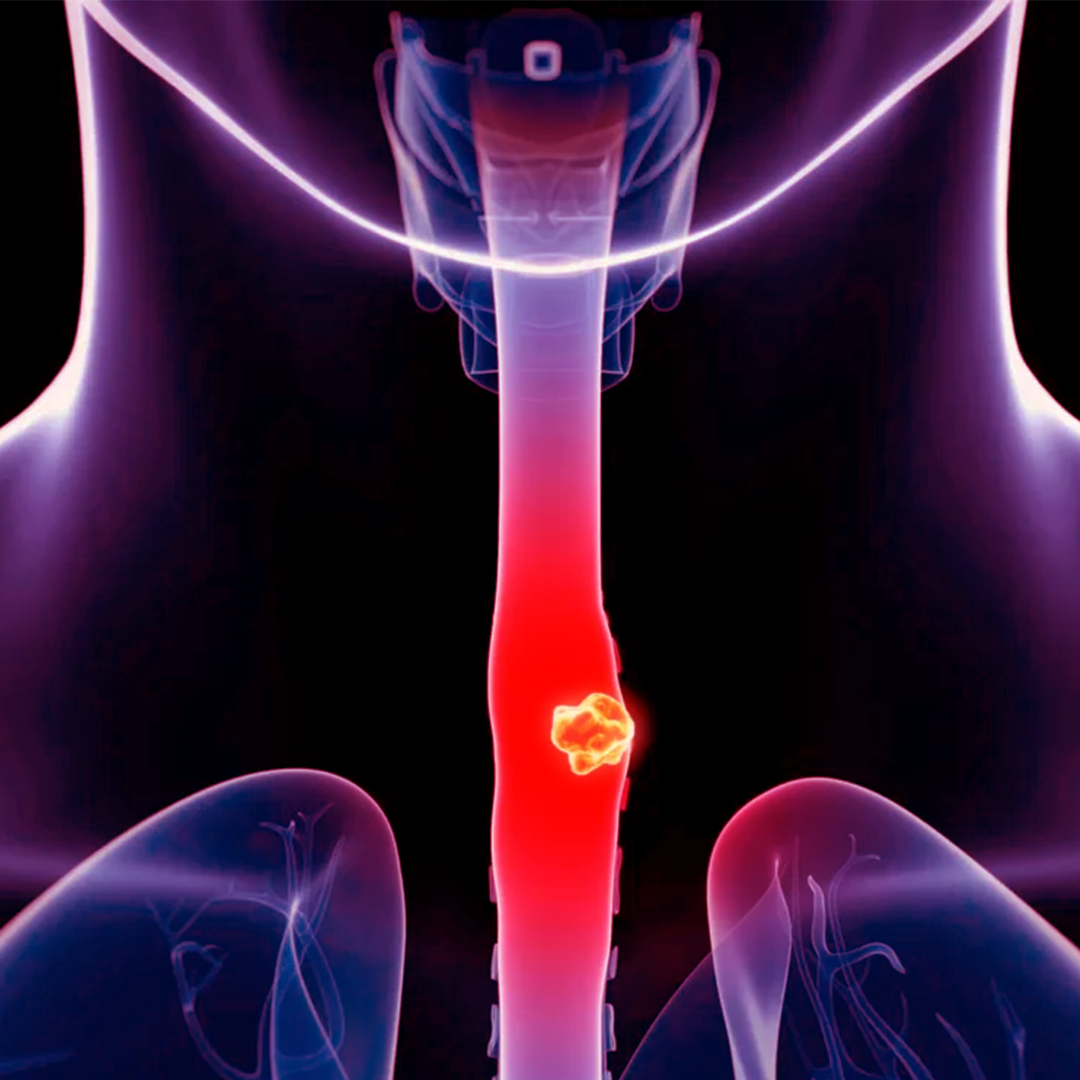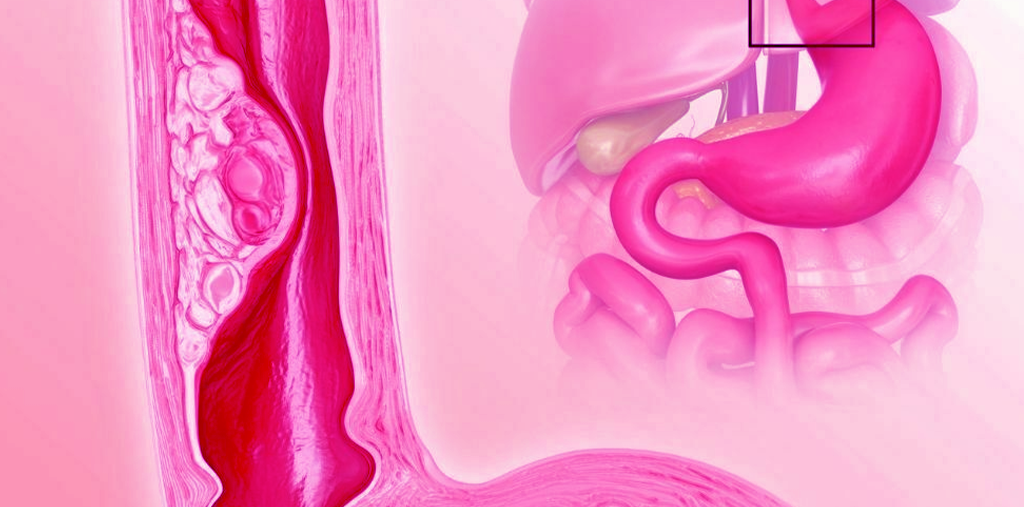Endoscopic Esophageal Dilation
Endoscopic Esophageal Dilation

Endoscopic Esophageal Dilation
Endoscopic esophageal dilation is a modern and effective medical procedure used to treat esophageal narrowing, which can result from various causes such as gastroesophageal reflux disease (GERD), esophagitis, or congenital abnormalities. This procedure is considered safe and effective for improving swallowing difficulties and restoring the normal function of the esophagus.

What is Endoscopic Esophageal Dilation?
Endoscopic esophageal dilation is a non-surgical medical procedure used to widen the narrowed part of the esophagus using an endoscope and special tools like balloons or mechanical/elastic dilators. The endoscope is inserted through the mouth and guided into the esophagus, where the narrowed area is identified and carefully dilated to improve the passage of food and liquids.
This method is commonly used and considered safe for treating esophageal strictures caused by various factors. It provides quick relief for patients suffering from esophageal spasms or chronic inflammation.
Indications for Endoscopic Esophageal Dilation
This procedure is performed to treat several conditions that lead to esophageal narrowing or blockage, including:
- Chronic GERD – leads to recurrent inflammation, scarring, and narrowing.
- Esophagitis – due to infections or certain medications.
- Benign strictures – from chemical or radiation burns.
- Esophageal cancer or tumors – that compress the esophageal wall.
- Esophageal spasms or motility disorders.
- Congenital narrowing – in children.
- Post-operative complications – after bariatric or gastric surgeries.
Preparation for the Procedure
Before undergoing the procedure, several steps are necessary to ensure safety:
- Fasting from food and drink for 6–8 hours before the procedure.
- Temporarily stopping certain medications such as blood thinners, under medical supervision.
- Performing preliminary tests like blood work, esophageal imaging, or diagnostic endoscopy.
- Explaining the procedure and possible complications to the patient and obtaining written consent.
Steps of the Endoscopic Dilation Procedure
- Anesthesia:
usually performed under local anesthesia or light sedation.
- Inserting the endoscope:
a flexible endoscope is passed through the mouth into the esophagus.
- Identifying the narrowed area:
using the camera, the exact location of the narrowing is determined.
- Dilation:
Gradually inflating a balloon within the narrowed area.
Or inserting flexible dilators of increasing sizes.
- Monitoring:
the esophageal response is evaluated and complications are monitored.
Duration of the Procedure
Endoscopic esophageal dilation typically takes between 15 and 30 minutes, but this may vary depending on the patient’s condition and the severity of the narrowing. In most cases, patients can return home the same day.
Possible Complications
Although generally safe, some potential complications include:
- Esophageal perforation rare but serious.
- Bleeding.
- Infection.
- Temporary chest or throat pain.
- Recurrence of narrowing, which may require repeated dilation.
Post-Procedure Care and Recommendations
To promote healing and prevent complications, patients should follow these instructions:
- Refrain from eating or drinking for two hours after the procedure.
- Start with liquids, then gradually progress to soft foods.
- Avoid spicy or dry foods for several days.
- Take prescribed medications such as antacids or anti-inflammatories.
- Report any unusual symptoms immediately, such as severe chest pain, difficulty breathing, or bloody vomiting.
- Attend follow-up appointments to assess the effectiveness of the dilation and discuss if further sessions are needed.
Frequently Asked Questions
Is esophageal dilation a difficult procedure?
Technically, esophageal dilation is not difficult but requires precision and experience to avoid complications. It is a routine procedure in many centers and provides excellent results in relieving swallowing difficulty.
How many dilation sessions can be performed?
There is no set number. The need for repeat dilation varies depending on the severity and cause of the narrowing. Some patients only require a single session, while others may need multiple sessions, especially in chronic or scar-related cases.
Are there alternatives to esophageal dilation?
Yes, depending on the case. Alternatives include:
- Medication for GERD or spasms.
- Local botox injections for spasms.
- Stent placement for non-responsive strictures.
- Traditional surgery in complex or failed cases.
